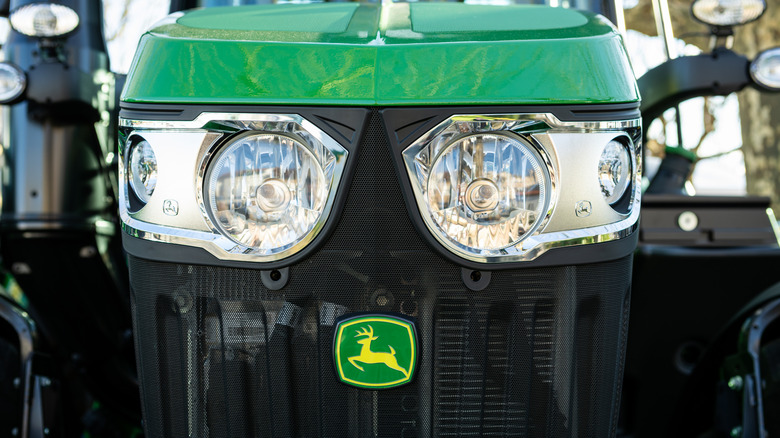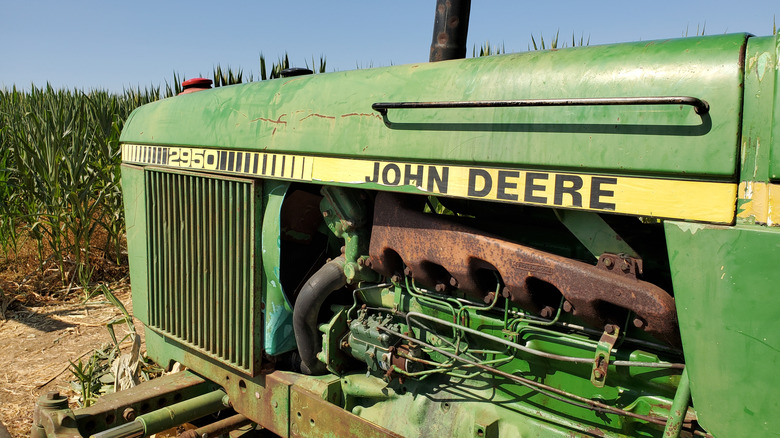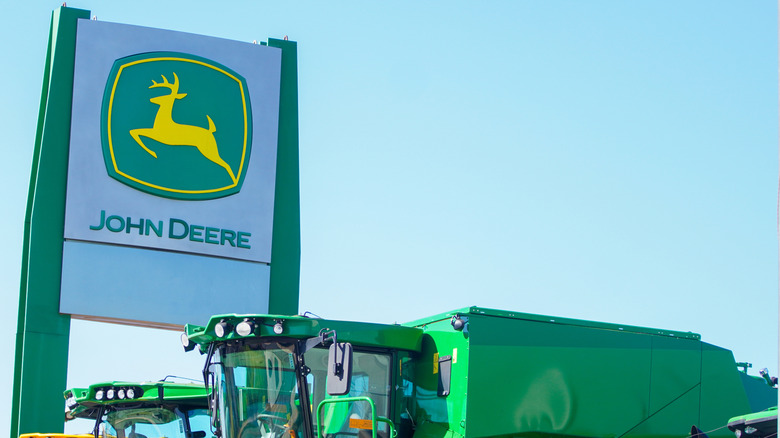Who Owns John Deere Today, And Where Are Its Tractors & Mowers Made?
The story of John Deere is a special one, arguably just as much as that of American agriculture itself. You cannot think of heavy farm and industrial machinery without that familiar leaping deer logo coming to mind. The company now trades as Deere & Company, and while deeply rooted in 180+ years of history and heritage, it has done incredibly well to hold its own as one of, if not the most recognizable, tractor brands on the planet.
As of 2025, Deere & Company is publicly traded, which means just about anyone with an interest can own a piece of it, even you. If you do, you'll be in the company of some big names: Bill Gates holds a big stake through Cascade Investment, LLC (yep, the same Bill Gates who's one of the biggest farmland owners in the U.S.). Other big shareholders include JP Morgan, BlackRock Advisors, LLC, and Vanguard Fiduciary Trust Company. In 2022, Deere & Company ranked 84th on the Fortune 500 list of America's largest corporations by revenue — it's no wonder the big names are camped here.
The Original AgTech Startup
The company dates as far back as 1837, deep in Grand Detour, Illinois, when John Deere, a gifted blacksmith, came up with a self-scouring steel plow that could cut through the Midwest's stubborn prairie soil far better than wooden plows ever could. This not only made him famous; it also revolutionized farming and laid the foundation of Deere & Company as we know it. After his invention, John Deere's business grew through smart innovation, hard work, and listening to the farmers who used his products. In the early days, he imported English steel to make his plows and was rolling out about 2000 of them every year up to 1848.
Deere, however, wasn't one to maintain the status quo. He moved to a larger factory in 1849, switched to American-made steel, and scaled up his production. By 1856, his team was cranking out more than 13,000 plows every year — proof that you can break plenty of fresh ground when you combine sound product design with good business acumen. John Deere's business playbook is one that agtech startups emulate to date: Come up with a product, show potential investors that the idea works, and make plans to keep expanding.
Now with its headquarters in Moline, Illinois (70 miles from its original home of Grand Detour), the company has manufacturing facilities in more than 30 countries, with 60 of them in the US alone, and employs more than 74,000 employees worldwide.
Where America's Favorite Tractors Take Shape
While John Deere runs dozens of factories across different parts of the world, many of their tractors and mowers (roughly 75% of those sold in the U.S.) are produced right here at home. That said, the company's largest tractor production happens in Waterloo, Iowa, where John Deere's largest and most vital assembly plant has been standing since 1918. It's not just an assembly facility either, but also where the PowerTech engines are made. So, if you've got a heavy-duty John Deere four-wheel-drive or row crop tractor from the 9000, 8000, or 7000 Series, chances are it rolled out of Waterloo.
As for John Deere's compact and utility tractors like the well-liked 1 – 6 Series, designed to deliver John Deere's sheer strength in a tight package for lighter tasks such as short-distance hauling, landscaping, digging, and mowing, Augusta, Georgia, is where they roll out the line. The company also has another manufacturing plant in Horicon, Wisconsin, designated for residential lawn mowers and other garden equipment. If you're mowing with a 100 Series rider or the new electric Ztrak Zero Turn Mower, there's a good chance that came out from Greeneville, Tennessee — a plant that is set to receive a $15 million facility upgrade to scale up electric mower production.
Outside the U.S., John Deere operates more manufacturing plants in Germany, Mexico, China, Brazil, and India, among many other countries, all while serving the local markets and upholding high production standards.


